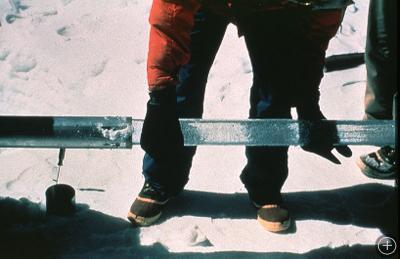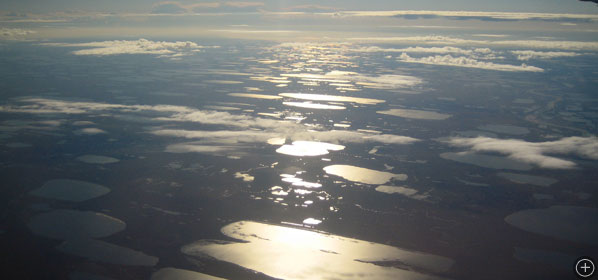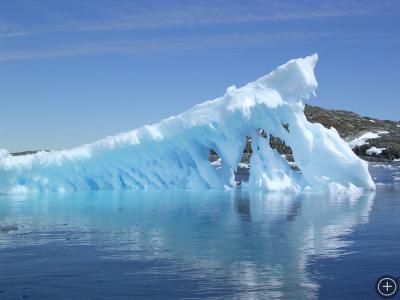Climate Change
Climate change is a topic of worldwide concern, but it’s of particular concern at the poles. That’s because the impacts of global warming are felt first and most severely at higher latitudes. Given this, it’s not surprising that the poles are also where much of the research concerning global climate change is taking place—or that climate change was the central focus of the 2007–2008 International Polar Year.
The Arctic has experienced warming at twice the rate of the rest of the world. Winter temperatures have increased by up to 8° F (4° C). Snow and sea ice coverage have shrunk by 10 percent and 20 percent respectively in the last 30 years. The summer of 2007 saw an unprecedented mass-melting of one million additional square miles of sea ice, an area larger than Texas and Alaska combined. Glaciers are in retreat throughout the Arctic, and the ice sheets that cover Greenland and Antarctica are melting at record rates.
Climate change hits the poles hardest for a variety of reasons: Melting of highly reflective sea ice means increased absorption of the sun’s rays by the dark ocean. A shallower atmosphere at the poles means that less heat is needed to increase air temperatures near the surface. And in contrast to equatorial areas, cooling by evaporation is minimal at the chilly poles.

Collecting an ice core. Look closely to see the thousands of ancient air bubbles trapped inside the ice.
To understand how our climate is changing, scientists must delve back in time. Drilling cores of ancient ice and sediment lets researchers chart past changes in climate over millions of years, using trapped air bubbles, residues of living things, and other environmental clues.
Researchers also monitor current atmospheric and environmental conditions. They track patterns in populations of wildlife from krill to whales, measure the thickness of sea ice in the ocean and the extent of glaciers on land, and detect changing concentrations of greenhouse gases such as carbon dioxide and methane in the air.
Data from the past and present helps researchers develop computer models of our climate, models that we can use to envision likely future scenarios. An important aspect of this study is understanding feedback effects: How will temperature-driven changes in the Arctic—such as melting sea ice or thawing permafrost—affect future climate change?
















